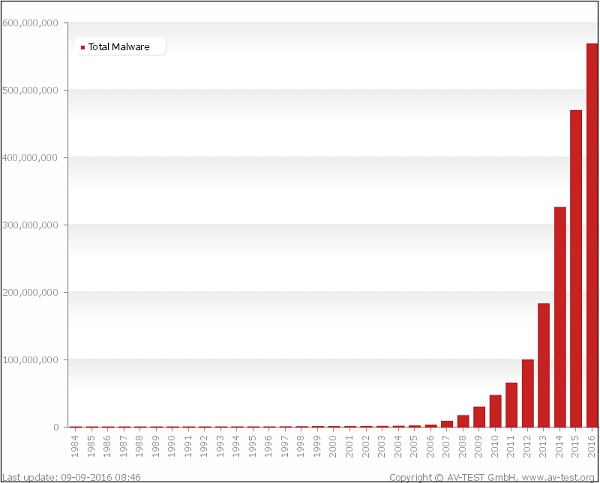
- Malware Removal Tutorial
- Malware Removal - Home
- Malware Removal - Overview
- Malware Removal - How It Works
- Malware Removal - Types
- Detection Techniques
- Preparation for Removal
- Malware Removal - Process
- Malware Removal - Protection
- Malware Removal - Removal Tools
- Malware Removal Resources
- Malware Removal - Quick Guide
- Malware Removal - Resources
- Malware Removal - Discussion
Malware Removal - Overview
In the recent years, we have heard of many people and big corporates losing their precious data or being in a situation where their systems are hacked. These unwanted activities are being caused, in most of the cases, using a piece of software inserted into a network system, server or a personal computer. This piece of software is known as a malware.
A malware can cause harm to a system or a network directly, or subvert them to be used by others, rather than as intended by their owners. It is a combination of two words: Mal meaning Bad and Ware meaning Software.
Based on www.av-test.org, the statistics are growing tremendously. Please look at the following graph to understand the growth of Malware.

As you can see, there were more than 600,000,000 malwares detected in 2016 alone. Based on securelist.com, the countries that have infected computers compared to the cleaner ones are −
| Maximum risk (over 60%) 22 countries including | ||
|---|---|---|
| Kyrgyzstan (60.77%) | Afghanistan (60.54%). | |
| High risk (41-60%): 98 countries including | ||
| India (59.7%) | Egypt (57.3%) | Belarus (56.7%) |
| Turkey (56.2%) | Brazil (53.9%) | China (53.4%) |
| UAE (52.7%) | Serbia (50.1%) | Bulgaria (47.7%) |
| Argentina (47.4%) | Israel (47.3%) | Latvia(45.9%) |
| Spain (44.6%) | Poland (44.3%) | Germany (44%) |
| Greece (42.8%) | France (42.6%) | Korea (41.7%), |
| Austria (41.7%) | ||
| Moderate local infection rate (21-40.99%): 45 countries including | ||
| Romania(40%) | Italy (39.3%) | Canada (39.2%) |
| Australia (38.5%) | Hungary (38.2%) | Switzerland (37.2%) |
| USA (36.7%) | UK (34.7%) | Ireland (32.7%) |
| Netherlands(32.1%), | Czech Republic (31.5%) | Singapore (31.4%) |
| Norway (30.5%) | Finland (27.4%) | Sweden (27.4%), |
| Denmark (25.8%), | Japan (25.6%). | |
Malware can be designed from the hackers for different purposes like destroying data, sending the data automatically to some other place, altering the data or can keep monitoring it until the specified time-period. Disable security measures, damage the information system, or otherwise affect the data and system integrity.
They also come in different types and forms, which we will discuss in detail in the upcoming chapters of this tutorial.
To Continue Learning Please Login